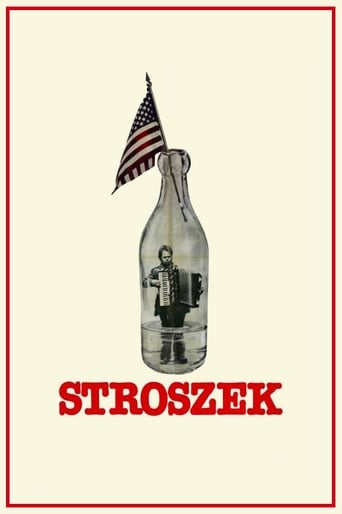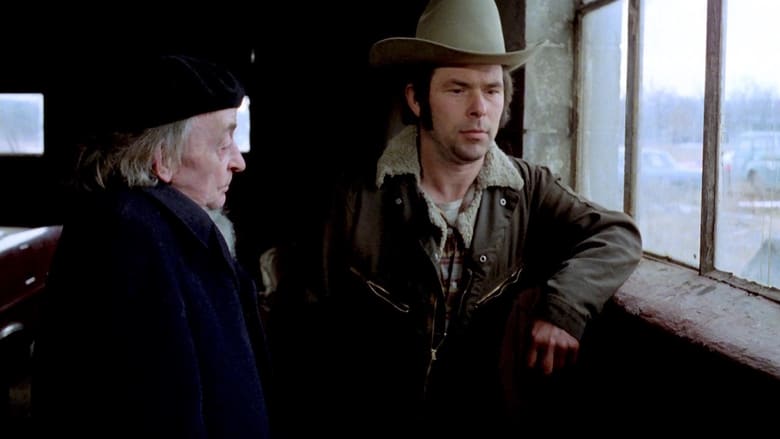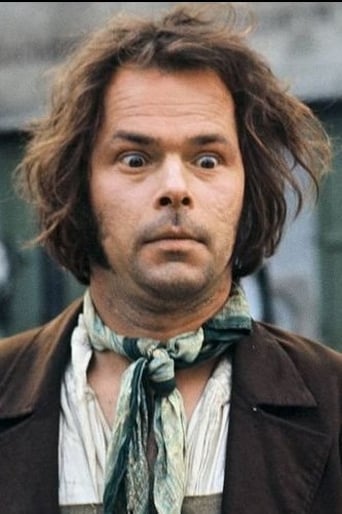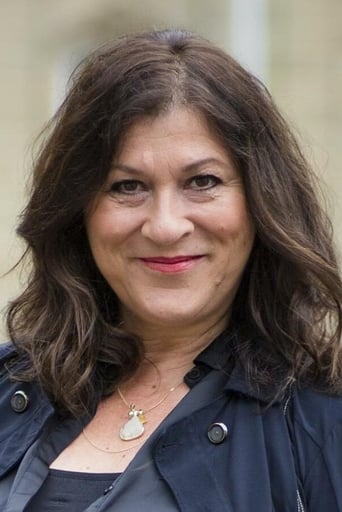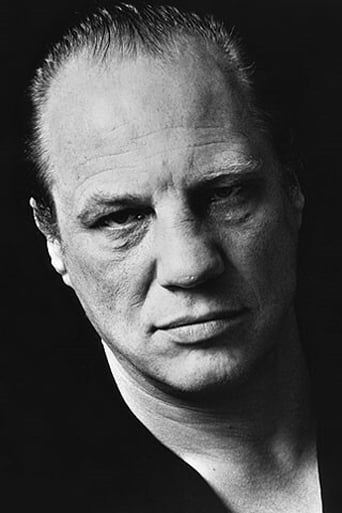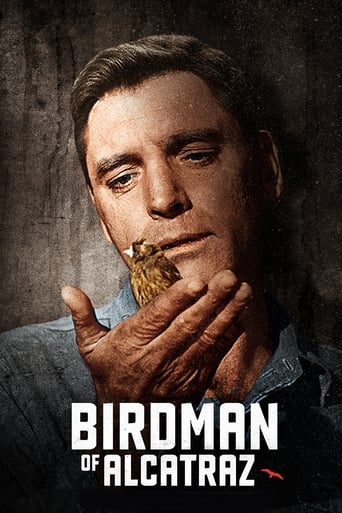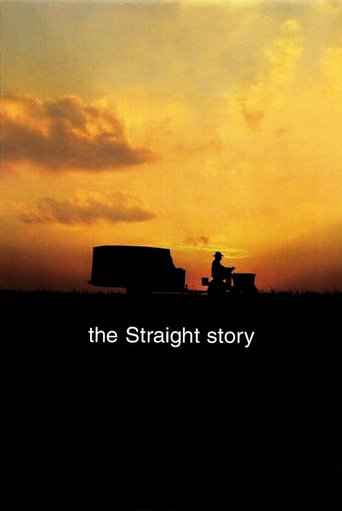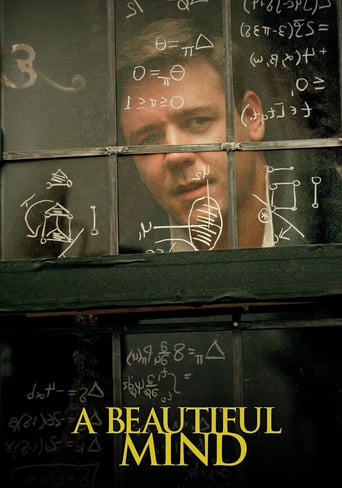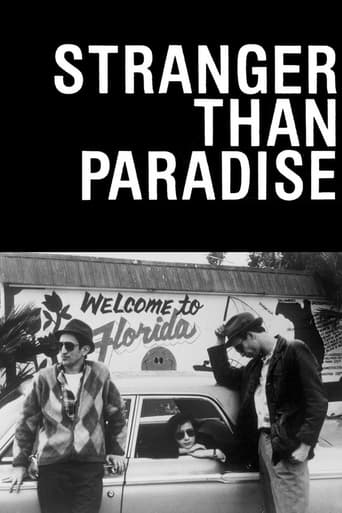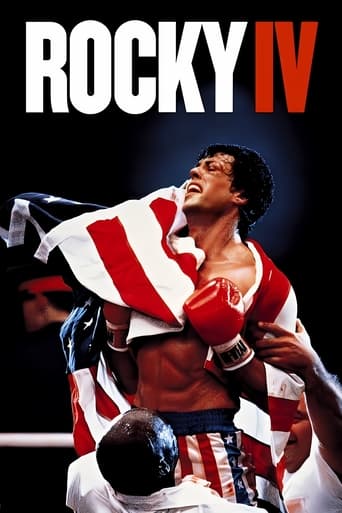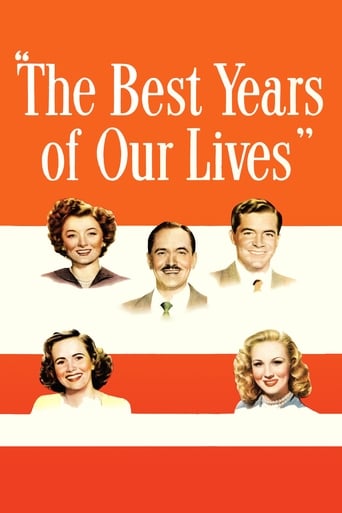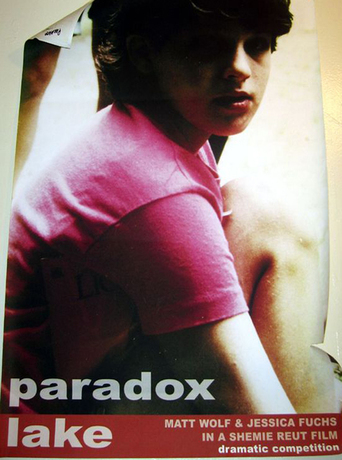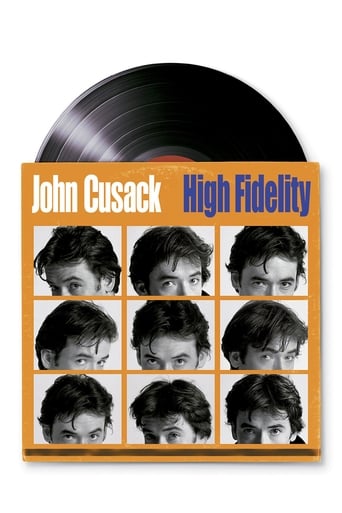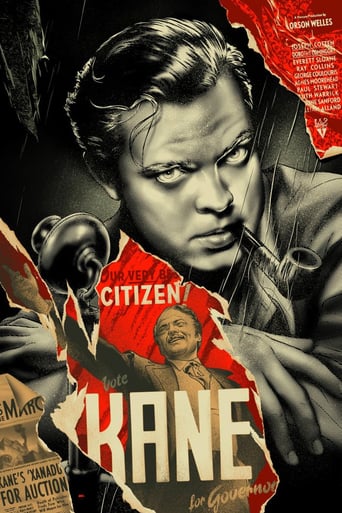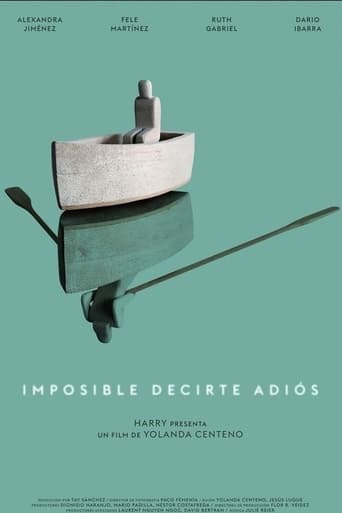Stroszek (1977)
Bruno Stroszek is released from prison and warned to stop drinking. He has few skills and fewer expectations: with a glockenspiel and an accordion, he ekes out a living as a street musician. He befriends Eva, a prostitute down on her luck and they join his neighbor, Scheitz, an elderly eccentric, when he leaves Germany to live in Wisconsin.
Watch Trailer
Cast


Similar titles
Reviews
Werner Herzog was one of the directors behind the New German Cinema (approx. 1962- 1982). In "Stroszek" (1977), the main character Bruno Stroszek dreams of getting away from his unhappy life in Berlin and starting a new life in the land of dreams. Together with two friends, he sets out for Wisconsin, USA. Bruno's dream, however, does not quite come true. Renowned American film critic Roger Ebert of the Chicago Sun-Times once called it "one of the oddest films ever made" when including it as one of his "Great Movies". It's odd for sure and it leaves you with a strange feeling.
Indifferent truth.The only movie I've seen that portrays emptiness and indifference to an utterly devastating degree, I can see how Ian Curtis could've committed suicide after watching this film, and Bruno's brilliant performance doesn't help either. It's one of the best performances ever and he's not even an actor.I believe this is the most honest and truthful film there is, not interested in making you sad or happy it just is, just like the real world, also it's one of the most unforgettable endings I've ever seen.The goddamn chicken will haunt me for the rest of my life, they will also remind me to live a spontaneous life, void of routine.
The DVD, by Anchor Bay, is part of their Werner Herzog Collection, and comes with a theatrical trailer, production and biographical notes, and a great commentary with Herzog and Norman Hill. In it, Herzog spins his usual informative and cogent anecdotes, rips conventional filmmaking techniques, and resents the tendency of critics to deconstruct every little thing in a film. Not every metaphor has to be based in logic. The Keatsian idea(l) of Negative Capability has never been better embodied in the work of a filmmaker than it is in Herzog's canon, for many of his images simply are, and do not have a narrative heft. In this film, the perfect example is the dancing chicken? It can mean a number of things, but the very act of attempting to pin it down robs it of some of its power. The German is subtitled, and the English is not. As a multi-lingual film dubbing would not work. The film transfer is fine, and it is in a 1.66:1 aspect ratio. While not a film that makes great use of visuals, there are moments, such as the film's opening, shot through a glass of water, that show that Herzog and his cinematographer Thomas Mauch knew how to distort reality just enough to blur fiction and nonfiction seamlessly. The use of American folk music from Chet Atkins and Sonny Terry is a departure from the grander musical schemes employed with Florian Fricke and Popol Vuh in other Herzog classics, but is apropos for the dour American grotesques that creep into the film, starting with shotgun wielding farmers who drive their plows right next to each other, to protect a small strip of land both claim as theirs.But the real gem of the commentary is Herzog's explanation of not only the film's provenance in regards to Bruno S., but how he chose the town in the first place. He calls that part of the country Errol Morris Country because he and the famed American documentarian (Gates Of Heaven, The Thin Blue Line, The Fog Of War) were fascinated by Ed Gein, who dug up all of the corpses in a circle around his mother's grave. They wanted to know if he dug up his mother. What relevance this has is anyone's guess. Morris chickened out, so Herzog decided to abandon the idea and write his screenplay for Bruno, thus angering Morris, who felt that he should have had some involvement, and that Herzog tread on his 'turf,' by filming there. While in Plainfield to write the screenplay, Herzog met many of the non-actors who populate the film. Herzog also relates gems about Bruno, such as his painting fan blades the colors of the rainbow, and discovering that when it spun fast it blurred into white, or how he would walk about with his fly open, unawares.Also, the use of non-actors is perfect. It is in minor details like this, that veer away from script and allow actors to fully embody their characters, that the realistic aspects of a film can shine. Most filmmakers would never even consider such of import.Films like Stroszek are merely minor palliatives for that ill, but they are better than nothing, and hopefully will last longer than the grim impulses which make them so cogent.
The richness of "Stroszek" strengthens with multiple viewings. Haunting cinematography by Thomas Mauch has a bitter-sweet humor faithful to mid-century American experience. Underscored by sentimental American popular tunes many from Chet Akins presage "Aguirre, der Zorn Gottes" enhanced by pensive editing by Beate Mainka-Jellinghaus. The late Bruno Schleinstein plays a protagonist. If you do not know his story,watch the film and then read about him. In the film, he also plays (his) piano, accordion, glockenspiel, and hand bells. This is music by Bruno S. himself. Even though the movies tells a story set in America, it is a film about Bruno S. and, in an important way, a film for him.Eva Mattes, famous for her work in four masterworks by Rainer Maria Fassbinder, brings a dry, sardonic sense to what might have been a maudlin role. Many who play in the film are amateurs the crew met on location. The second cameraman Edward Lachman often improvised English language dialogue in the moment. Literally, Mr. Herzog used the people he and the crew met at the moment. Sometimes, especially in the sections shot in Germany, those playing the role were known ahead of the shooting. The scenes early in the movie with a brutal pimp are played by a brutal pimp. The premature baby is with an actual doctor who works with premature babies.Editor Beate Mainka-Jellinghaus took part in the shooting. Improvisation plays a major part in the tonality of "Stroszek". With Bruno S. and others, improvisation plays a vital and central role though Bruno knows what he is to do.This is a terrific film that I relate to Michael Ritchie's "Smile", another masterwork that explores similar themes. Yet, Herzog's view of American life is not bitter like that of Mr. Ritchie. It is brutal—but not meanly so. I think that the meanness has more to do with the story than with Mr. Herzog's opinion of the United States. He admits to having deep affection for the heartland of American and to the people who live there. For one who loves the immense formal beauty of European Modern French, Swedish, and Italian films, watching German movies is sometimes hard in some ways. Many films from the wave of German movies of which Herzog's work is part and example have a hard look. Some of them are hard to watch. The humour is hard even if it softens bitterness. This is not an optimistic film but that is not the mood that Herzog finds about America. It is simply the mood of the story. Do not listen to the commentary on the DVD until you first watch this film without it. Then do listen to the commentary. From the commentary, you learn precisely how the movie blurs lines between documentary and fictional film narrative. In the end, we realize the "Brave New World" image of conditioned life in America—in the trained rabbit and poultry, a duck and especially a chicken, at Cherokee,North Carolina. Sonny Terry, blowing his fierce blues harmonica, beats the frantic and pointless pace at which we live. Funny and tragic but not mean, these images infect your memory.

